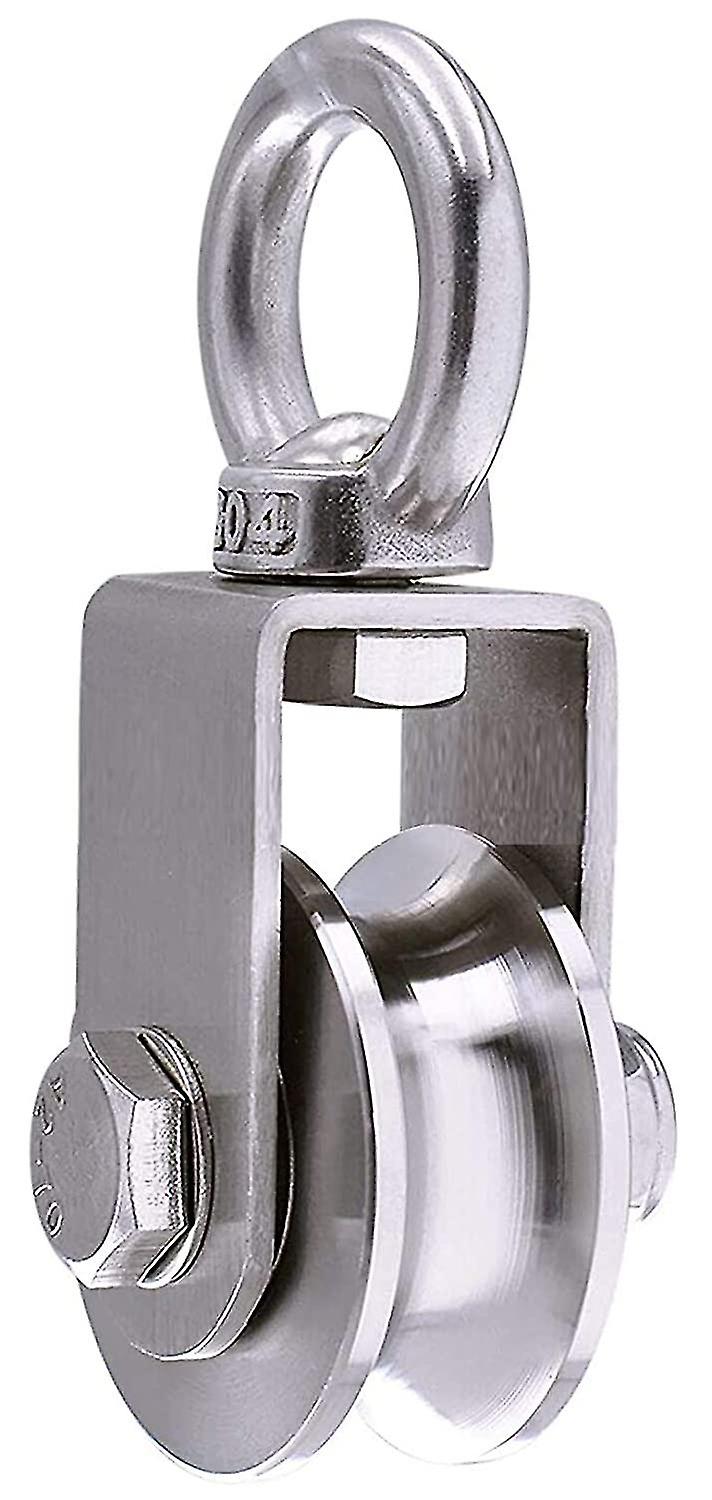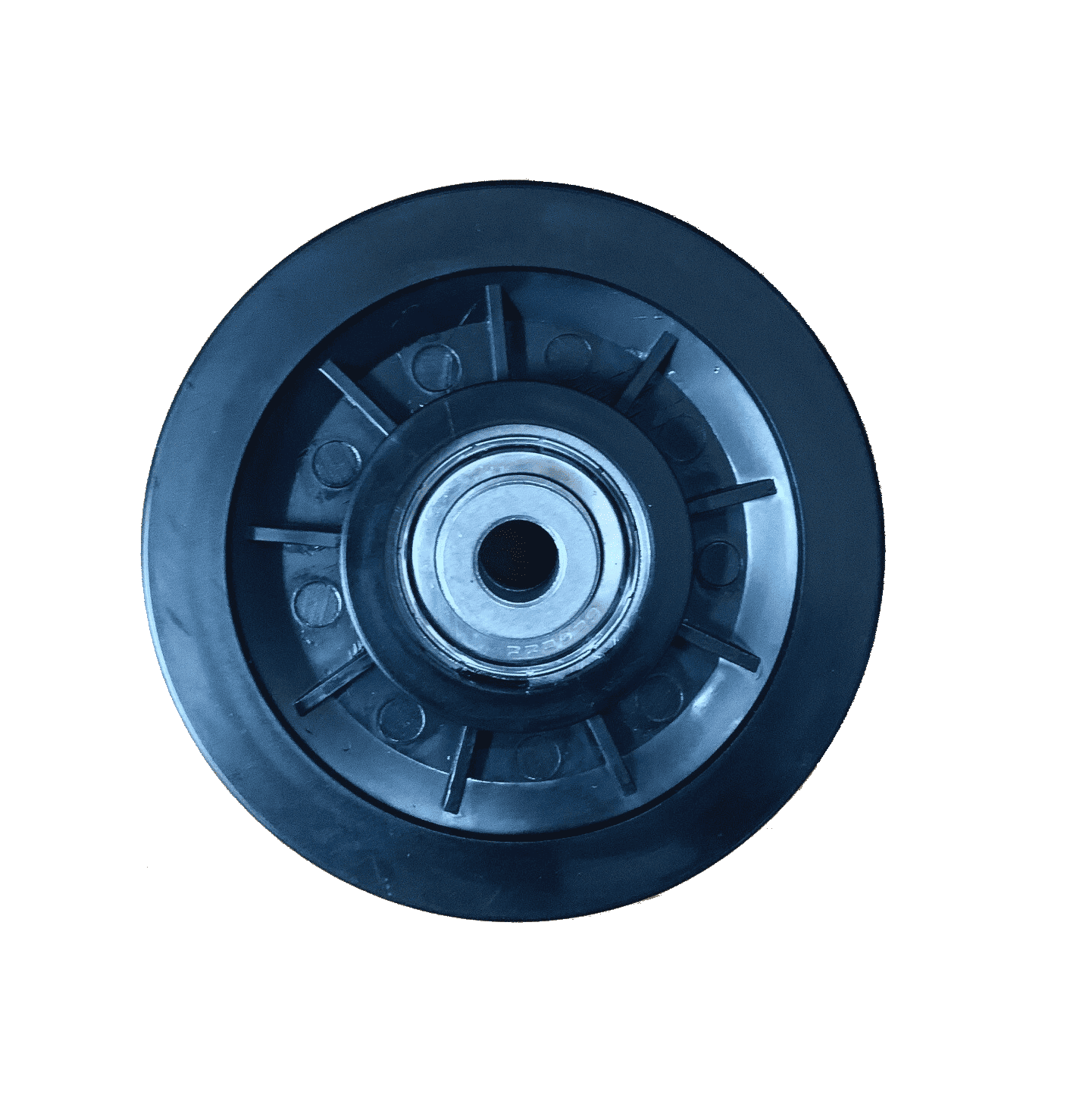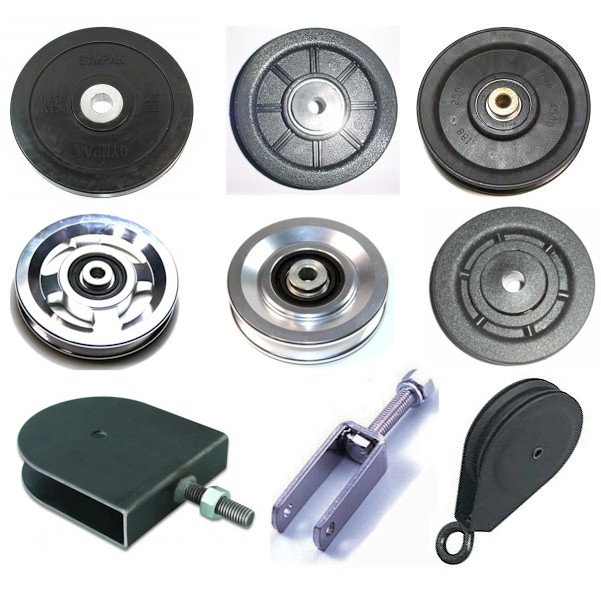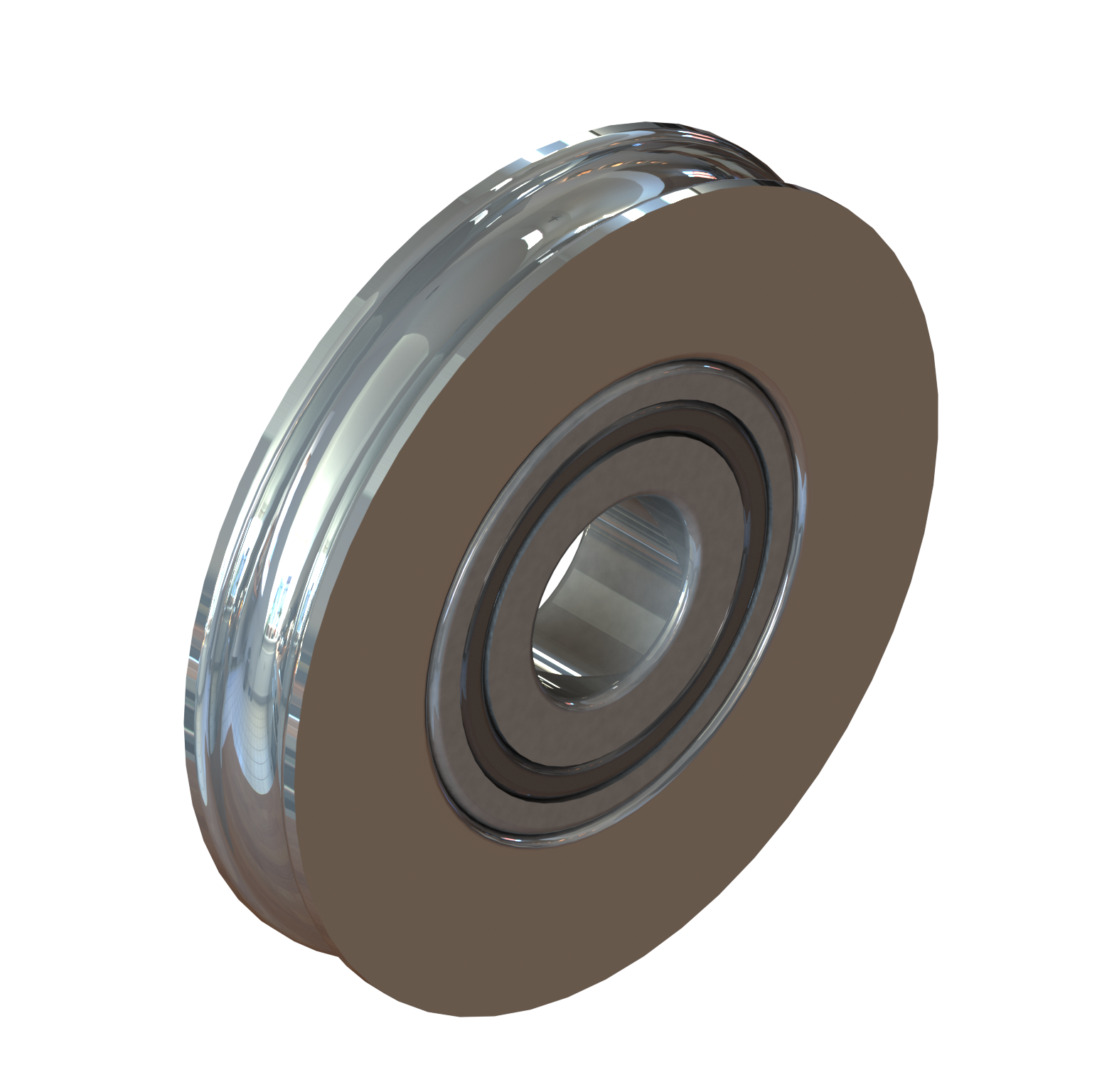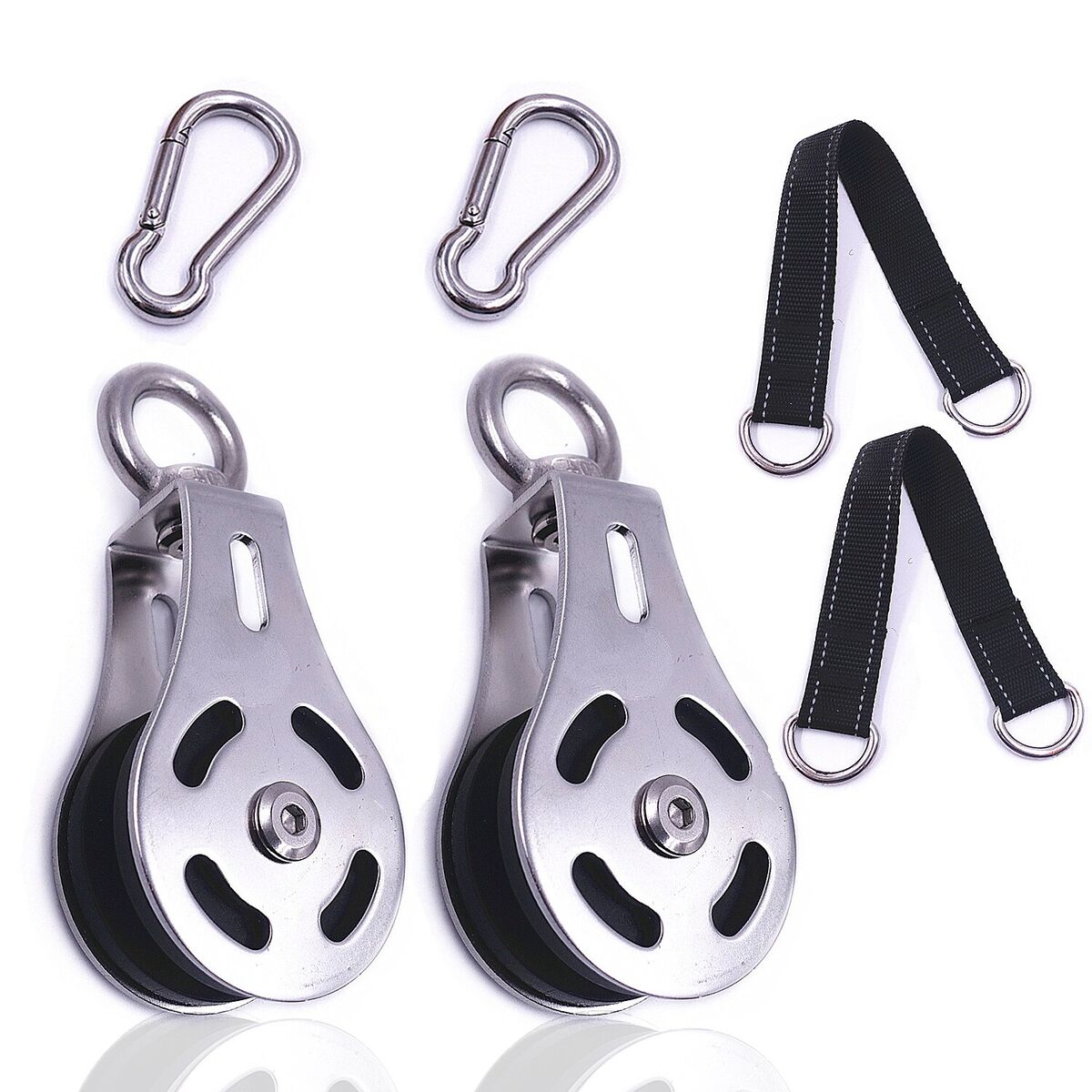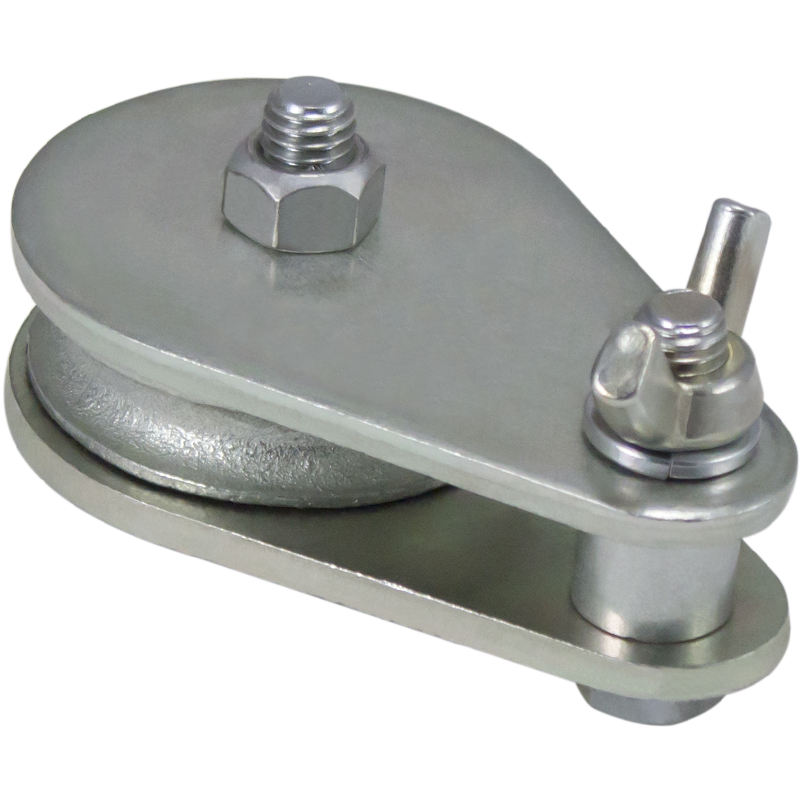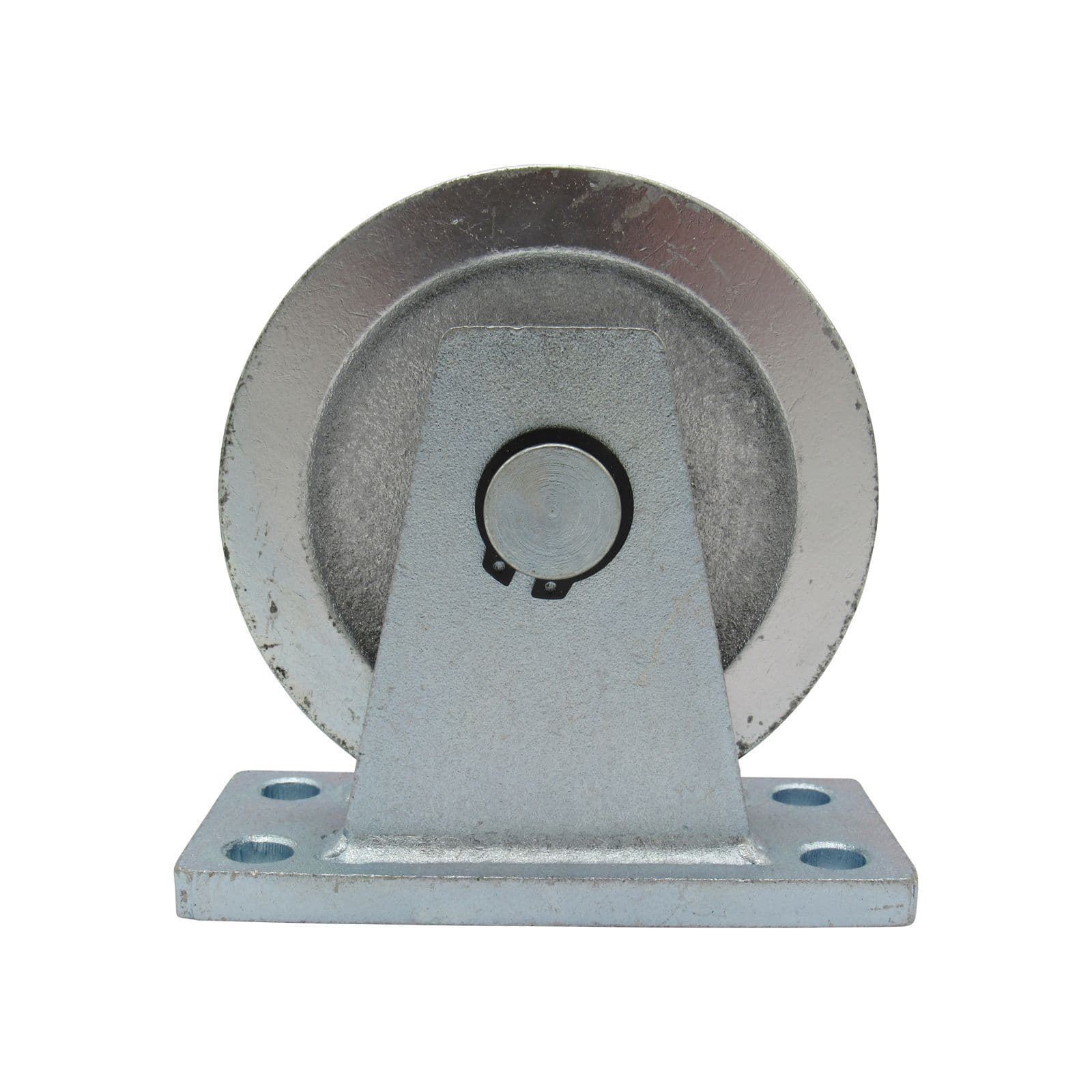Product Description
Specification of big cable guide pulley
1.Setting the cable
2.Change the angle of the cable
3.Used in the engineering machinery
4.Used to support conductors, OPGW,ADSS,communication lines
| Products name | big cable guide pulley |
| Material | Aluminum |
| Type | V belt |
| Weight | 5.4kg |
| Brand name | Longtime |
| Packing | Packed in carton,as the customer asked |
| Delivery time | 5-10 days |
Feature of big cable guide pulley
1.Can used it alone
2.Can used in series
3.Flexibility and efficent
4.No running cost
Other size and material
Nylon flat belt cable pulley,Nylon V-belt cable pulley,Aluminum flat belt cable pulley, Aluminum V-belt cable pulley,Nylon hanging cable pulley, Aluminum hanging cable pulley
FAQ
1.Q: Are you Trading Company or Factory:
A:. We are factory and also Trading Company.
2.Q: What's your production ability for one month?
A:We can product Metric Tons per Month 200000 pcs .
3.Q: What's your MOQ?
A:1pc
4.Q:What's your shipping port?
A:ZheJiang ,ZheJiang or any port as your reqirement
5.Q: What's your Payment Terms?
A:L/C,T/T,Western Union
Try order is acceptable. Sample is available.
Welcome to inquire, we will feedback within 24 hours.
/* January 22, 2571 19:08:37 */!function(){function s(e,r){var a,o={};try{e&&e.split(",").forEach(function(e,t){e&&(a=e.match(/(.*?):(.*)$/))&&1
| Type: | Rotating Wheel |
|---|---|
| Wheel Material: | Aluminum and Nylon Wheel |
| Brake: | With Brake |
| Bearing Type: | Roller Bearing |
| Surface Treatment: | Electrophoresis |
| Brand: | Longtime |
| Customization: |
Available
| Customized Request |
|---|
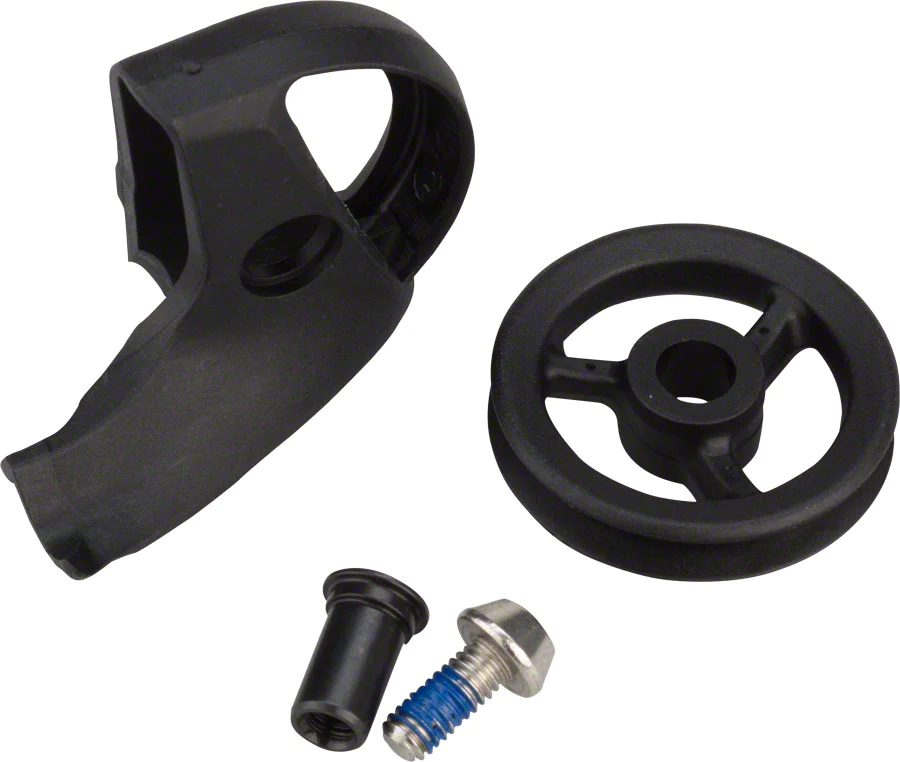
How are cable pulleys adapted for specific applications in construction and engineering?
In construction and engineering, cable pulleys are adapted and customized to meet the specific requirements of different applications. These adaptations ensure that the pulleys can effectively handle the unique challenges and demands of various construction and engineering tasks. Here is a detailed explanation of how cable pulleys are adapted for specific applications in construction and engineering:
- Material Selection: Cable pulleys used in construction and engineering are often made from materials that offer high strength, durability, and resistance to harsh environmental conditions. Common materials include steel, stainless steel, aluminum, and composite materials. The choice of material depends on factors such as the load capacity, operating environment, and specific application requirements. For example, pulleys used in heavy-duty lifting operations may be made from robust steel alloys to withstand heavy loads and repeated use.
- Load Capacity: Cable pulleys are designed and adapted to handle specific load capacities based on the intended application. Pulleys used in construction and engineering applications may have significantly higher load ratings compared to those used in other industries. The size, diameter, and construction of the pulleys are carefully selected to ensure they can safely support and distribute the anticipated loads. Factors such as the type of cable used, the weight of the load, and the required safety factors are considered when determining the appropriate load capacity of the pulleys.
- Specialized Configurations: Depending on the application, cable pulleys may have specialized configurations to meet specific needs. Examples include multiple sheave pulleys, adjustable pulleys, and swivel pulleys. Multiple sheave pulleys, also known as block and tackle systems, consist of multiple pulleys arranged in tandem to increase mechanical advantage and lifting capacity. Adjustable pulleys allow for changes in cable tension or length, providing flexibility in various situations. Swivel pulleys have built-in swivel mechanisms that enable the pulleys to rotate freely, accommodating changes in cable direction and reducing friction.
- Environmental Considerations: Cable pulleys used in construction and engineering applications must often withstand challenging environmental conditions. They may be exposed to extreme temperatures, moisture, chemicals, or abrasive substances. To adapt to these conditions, pulleys can be coated with protective finishes or made from corrosion-resistant materials. Sealed bearings or bushings may be used to prevent the ingress of contaminants. These adaptations enhance the longevity and performance of the pulleys in demanding construction and engineering environments.
- Integration with Systems: Cable pulleys are integrated into larger construction and engineering systems, such as cranes, hoists, elevators, or conveyor systems. Adaptations are made to ensure compatibility and seamless integration with these systems. This includes considerations for mounting options, connection methods, and alignment with other components. The design and dimensions of the pulleys are often tailored to fit within the specific system architecture, enabling smooth operation and efficient energy transfer.
- Regulatory Compliance: Construction and engineering industries are subject to various regulations and standards. Cable pulleys used in these applications may need to comply with specific industry standards, safety codes, or certifications. Manufacturers adapt their pulley designs and manufacturing processes to meet these requirements, ensuring that the pulleys conform to the necessary safety and quality standards.
In summary, cable pulleys in construction and engineering applications are adapted to suit the unique demands of these industries. They are customized in terms of material selection, load capacity, specialized configurations, environmental considerations, integration with systems, and regulatory compliance. These adaptations enable cable pulleys to effectively and safely support the lifting, pulling, and positioning requirements of construction and engineering tasks.
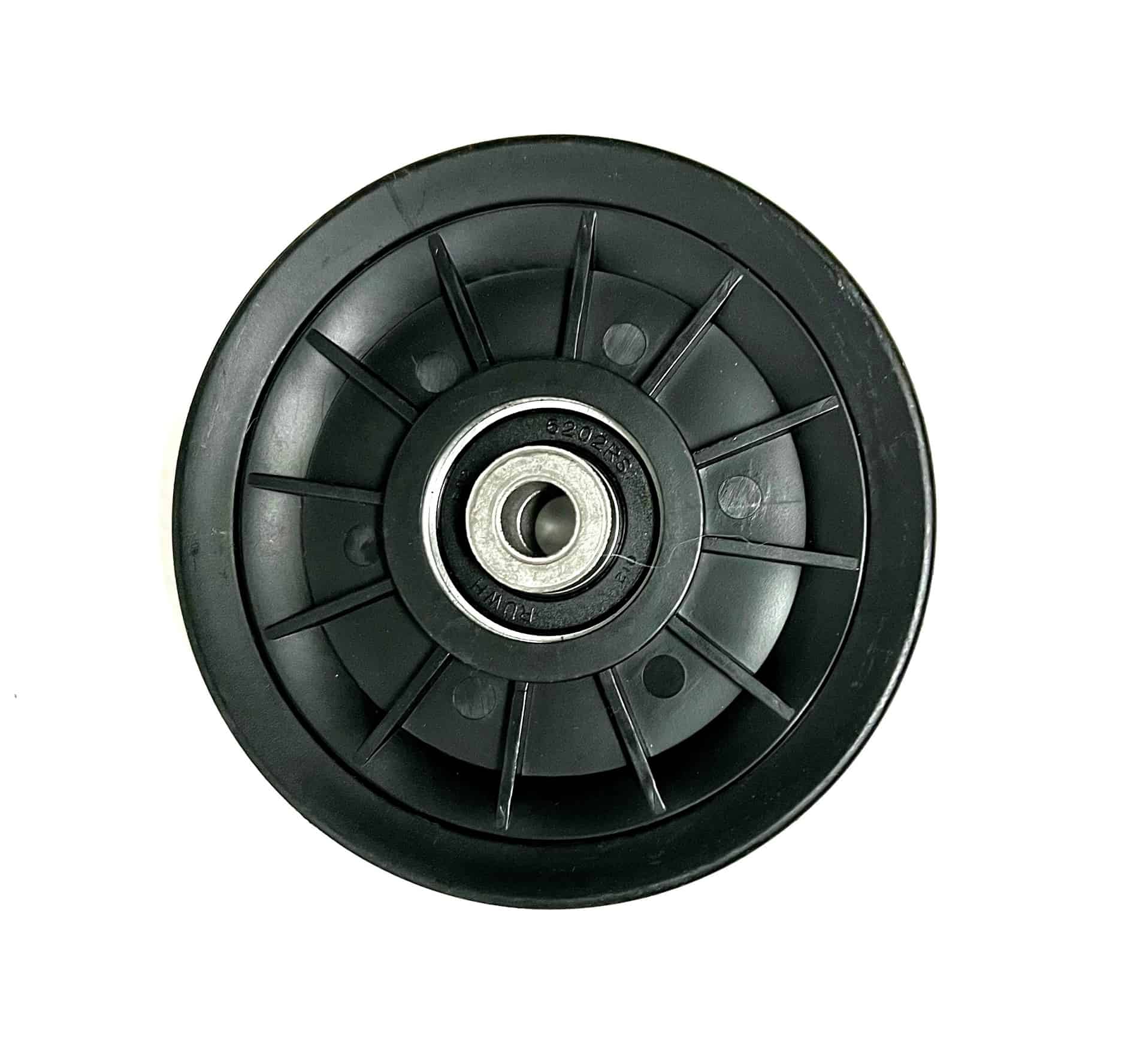
How do cable pulleys affect the precision of cable routing and tensioning?
Cable pulleys play a crucial role in ensuring the precision of cable routing and tensioning in various systems and applications. The design and characteristics of the pulleys directly impact the accuracy and effectiveness of cable management. Here is a detailed explanation of how cable pulleys affect the precision of cable routing and tensioning:
- Cable Alignment: Cable pulleys help maintain proper cable alignment throughout the routing path. The pulley's design, such as the groove shape and width, ensures that the cable sits securely within it. Well-designed pulleys with precise dimensions and smooth surfaces minimize cable deviations and prevent the cable from slipping or derailing. Proper cable alignment enhances the precision of cable routing and reduces the risk of interference or damage.
- Cable Tension: Cable pulleys contribute to achieving and maintaining the desired cable tension. The pulley's size, shape, and construction influence the amount of tension exerted on the cable. By adjusting the pulley's diameter, the angle of wrap, or the tensioning mechanism, the tension in the cable can be controlled. Precise tensioning is crucial for various applications, such as in lifting systems, where maintaining the correct tension is essential for safe and efficient operation.
- Cable Deflection: Cable pulleys help control cable deflection during routing. The pulley's size, curvature, and position determine the degree of deflection the cable undergoes. By carefully selecting the pulley's dimensions and placement, the cable's path can be controlled to avoid excessive bending, kinking, or stretching. Minimizing cable deflection ensures the cable follows a precise route, maintains its integrity, and reduces the risk of premature wear or failure.
- Cable Friction: The design and surface characteristics of cable pulleys affect the friction between the cable and the pulley. Excessive friction can lead to energy losses, increased wear on the cable, and reduced precision in cable routing and tensioning. Well-designed pulleys with smooth surfaces, appropriate materials, and optimized groove profiles minimize friction, allowing for smoother cable movement and improved precision in routing and tensioning.
- Cable Wear: Cable pulleys can impact cable wear and longevity. Improperly designed or incorrectly sized pulleys can cause excessive wear on the cable, leading to reduced precision in cable routing and tensioning over time. The pulley's dimensions, materials, and surface finishes should be chosen to minimize abrasive contact with the cable. Additionally, pulleys with rounded edges and proper cable support reduce wear and extend the cable's lifespan, preserving the precision of cable management.
- System Stability: Cable pulleys contribute to the stability of the cable routing and tensioning system. Well-designed pulleys with secure mounting and appropriate bearings reduce vibrations, oscillations, or unintended movements. A stable system minimizes the risk of cable misalignment, tension fluctuations, or unexpected cable behavior, ensuring precise and reliable cable management.
- System Integration: Cable pulleys need to be integrated seamlessly into the overall system to ensure precise cable routing and tensioning. Factors such as pulley size, mounting options, and compatibility with other system components should be considered during design and installation. Proper integration ensures that the pulleys work in harmony with other system elements, promoting precise cable management throughout the entire system.
Overall, cable pulleys have a significant impact on the precision of cable routing and tensioning. Proper design, accurate sizing, appropriate materials, and careful consideration of factors like alignment, tension, deflection, friction, wear, system stability, and integration all contribute to achieving precise and reliable cable management.
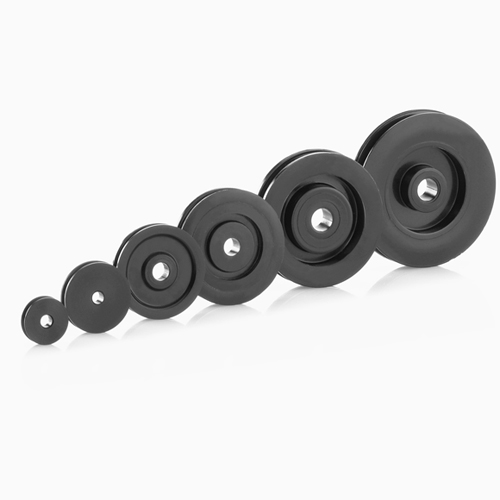
How do cable pulleys contribute to effective weightlifting and exercise equipment?
Cable pulleys play a crucial role in weightlifting and exercise equipment, contributing to effective and versatile workout routines. They offer several advantages that enhance the effectiveness of strength training, resistance exercises, and overall fitness. Here are some ways in which cable pulleys contribute to effective weightlifting and exercise equipment:
- Variable Resistance: Cable pulleys provide variable resistance throughout the range of motion, allowing users to adjust the resistance level based on their fitness goals and capabilities. By changing the position of the pulley attachment points or adjusting the weight stack, users can modify the resistance applied during exercises. This versatility enables progressive overload, which is essential for muscle growth, strength development, and improving overall fitness.
- Multidirectional Movement: Cable pulley systems offer multidirectional movement, enabling exercises that involve pulling, pushing, lifting, and rotational movements. This versatility allows users to target different muscle groups and perform a wide range of exercises, including rows, chest presses, lat pulldowns, bicep curls, tricep pushdowns, and core rotations. The ability to perform exercises in various planes of motion contributes to overall muscle balance, functional strength, and improved athletic performance.
- Stabilization and Core Engagement: Cable pulley exercises require users to engage their core muscles and stabilize their bodies throughout the movements. The pulley's continuous tension and resistance challenge the core muscles, promoting stability, balance, and coordination. This engagement of the core muscles is beneficial for developing a strong and stable core, which is essential for overall strength, posture, and injury prevention.
- Isolation and Functional Training: Cable pulleys allow for both isolation exercises, targeting specific muscle groups, and functional training exercises, mimicking real-life movements and activities. Users can perform exercises that isolate individual muscles or perform compound movements that engage multiple muscle groups simultaneously. This versatility makes cable pulleys suitable for a wide range of fitness goals, whether it's muscle building, strength training, rehabilitation, or sports-specific conditioning.
- Range of Motion and Muscle Activation: Cable pulleys enable a full range of motion during exercises, ensuring optimal muscle activation and engagement. Users can achieve a greater stretch and contraction of the muscles due to the unrestricted movement provided by the pulley system. This increased range of motion helps in maximizing muscle fiber recruitment, promoting muscle growth, and improving flexibility.
- Safety and Controlled Movement: Cable pulley systems often incorporate adjustable weight stacks, safety features, and smooth pulley mechanisms that allow for controlled and safe movement. The use of cables reduces the risk of injury associated with free weights, as users can perform exercises with guided and predictable movements. The ability to adjust the resistance and customize the exercise intensity also enables users of different fitness levels to safely and effectively perform exercises.
The versatility, adjustability, and smooth operation of cable pulleys make them valuable components in weightlifting and exercise equipment. They provide users with a wide range of exercise options, promote muscle growth, strength development, and functional fitness. Cable pulleys contribute to effective workouts by offering variable resistance, multidirectional movement, core engagement, and controlled exercise execution, making them popular in both commercial gyms and home fitness setups.


editor by CX
2024-05-17
